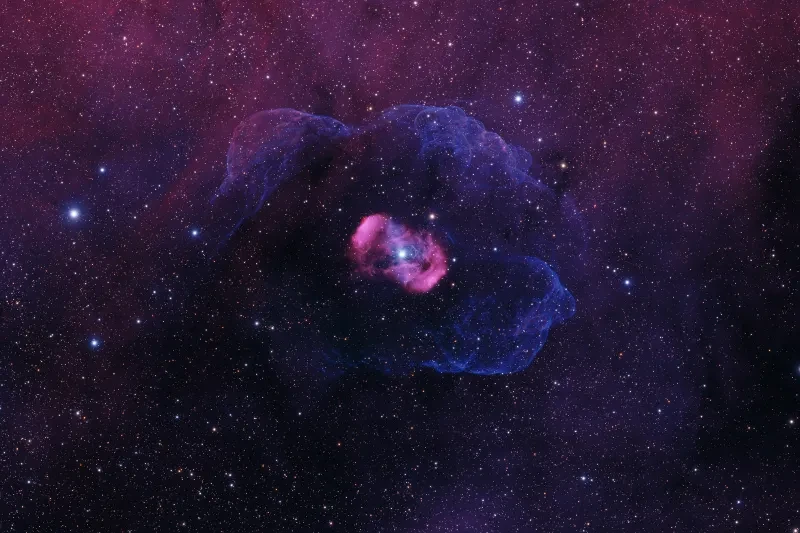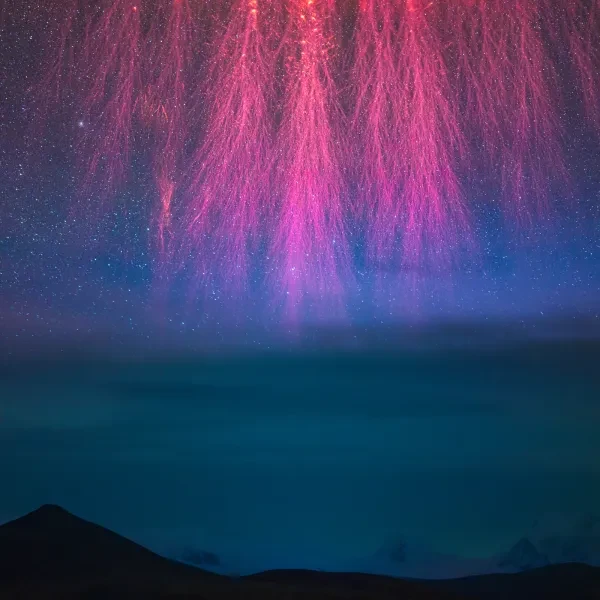Given our attempts to observe as much of the cosmos as possible, it is unsurprising that enormous swathes of astronomical data have been collected from facilities worldwide and missions all over the Solar System. Today vast archives are easily accessible online by almost anyone.
The Annie Maunder Prize for Image Innovation is named after Annie Maunder, the pioneering astrophotographer and science communicator who worked at the Royal Observatory Greenwich. Entrants pull data from repositories and process it themselves to create something never seen before.
As the title suggests, innovation really is key, and each year brings us the unexpected in this category, which is exactly what we want. The shortlist is like a little collection of amazing puzzle-toys: intriguing at first glance, becoming all the more impressive once you understand how they were put together.
It's a real treat for anyone who likes to think a little differently about the Universe.

The winning image
Black Echo by John White
Original images from the NASA Chandra X-Ray Observatory, May 2022
"How can we see a black hole?" John asks. "Ever since the first image of a black hole was captured by the amazing Event Horizon Telescope team in 2019 this question has fascinated me. I really wanted to push the boundaries of creativity and processing to try something I’d never done before; not just to edit something that exists but to take it further and create something new."
"With some care, time and effort I was able to give physical form to something that began over 240 million light years away in a black hole at the heart of the Perseus Galaxy Cluster. It existed for barely 1/640th of a second, and this image is the only record of it that will ever exist. I think that’s pretty cool, and the end result is something I can look at again and again and always find something new in it."
"These are the two individual images that I selected in partnership with a 9-panel image to show the physical embodiment of astronomical audio processed through pure H20."
"The X-Ray Observatory disproved the misconception that there is no sound in space by interpolating audio from pressure waves originating from the black hole at the centre of the Perseus Galaxy. They then raised the frequency between 144 and 288 quadrillion times to make the sound audible to the human ear."
"I passed this audio through a receiver (Onkyo TXNR686) into an old speaker onto which I had attached a petri dish, blacked out at the bottom, and then filled with about 3 mm of water. Shooting directly down with a macro lens and halo light in a dark room I took probably 100 shots, experimenting with the differences in the audio and volumes to explore the various patterns made in the liquid. Of several beautiful candidates these shots were the ones I selected for further processing."
Most of the information in the Universe is imperceptible to human senses (or delivered by mechanisms that would annihilate an observer), yet much modern astronomical developments are about capturing such information. Interpreting and presenting that information is vital as well. Here, we are shown an interesting and playful visualisation of astronomical data that we could not ‘see’ by ourselves nor ‘hear’. This is an image, of a sound caused by a source that is invisible. Stark, beautiful, rather weird, and certainly innovative!
Dr Ed Bloomer, judge
Behind the lens
Learn more about the making of Black Echo with photographer John White.
Never miss a shooting star
Sign up to our space newsletter for exclusive astronomy news, guides and events.
See the full shortlist
Explore all the photographs in the Annie Maunder Prize for Image Innovation category.
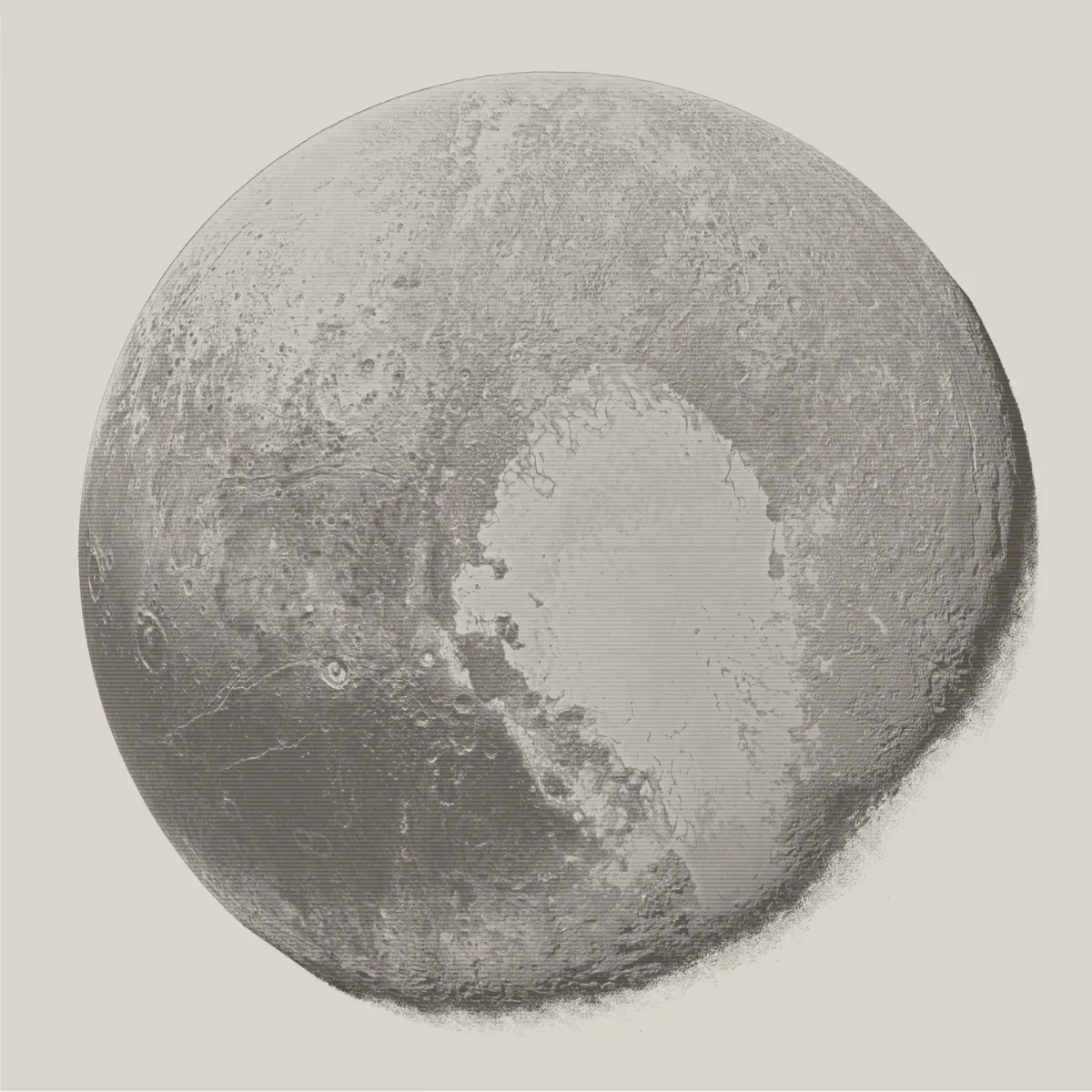
Cassinified Pluto by Sergio Díaz Ruiz
Spain
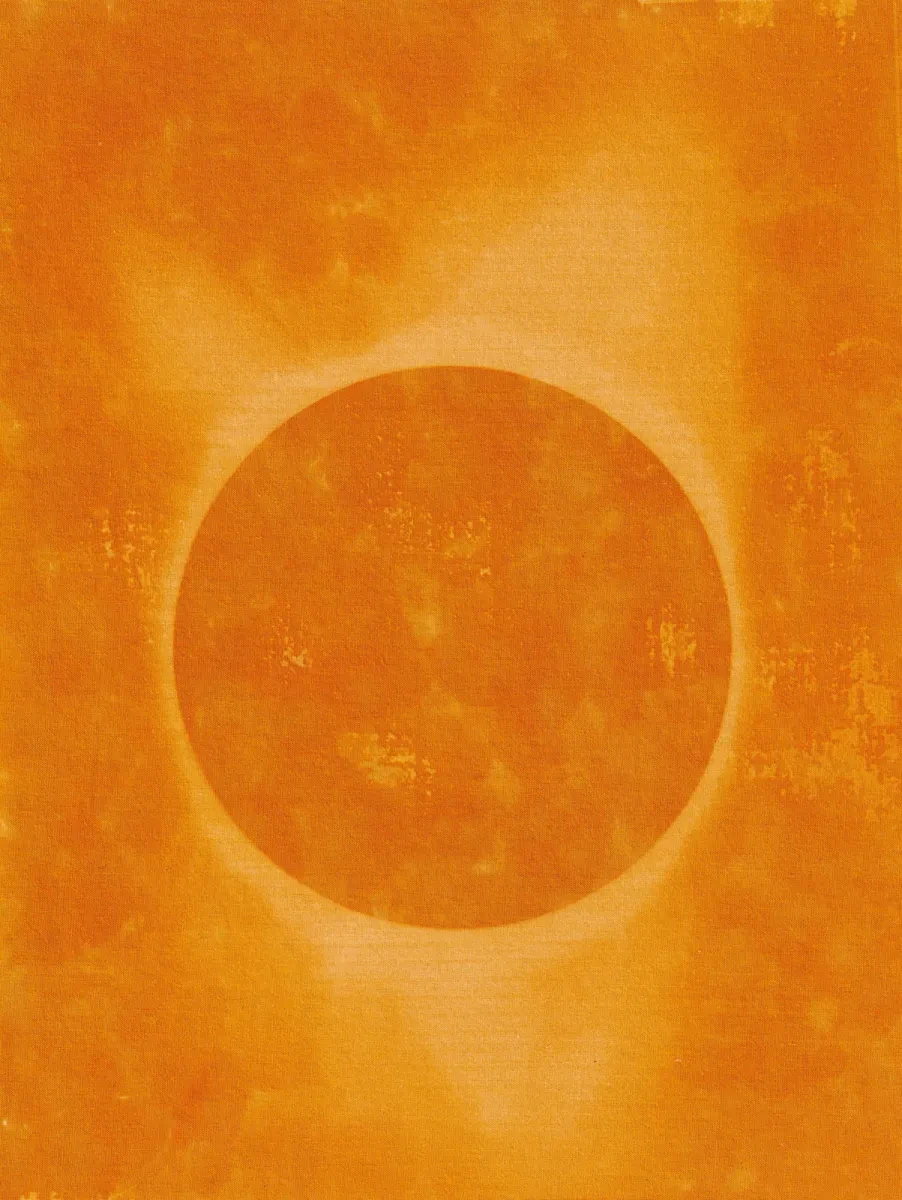
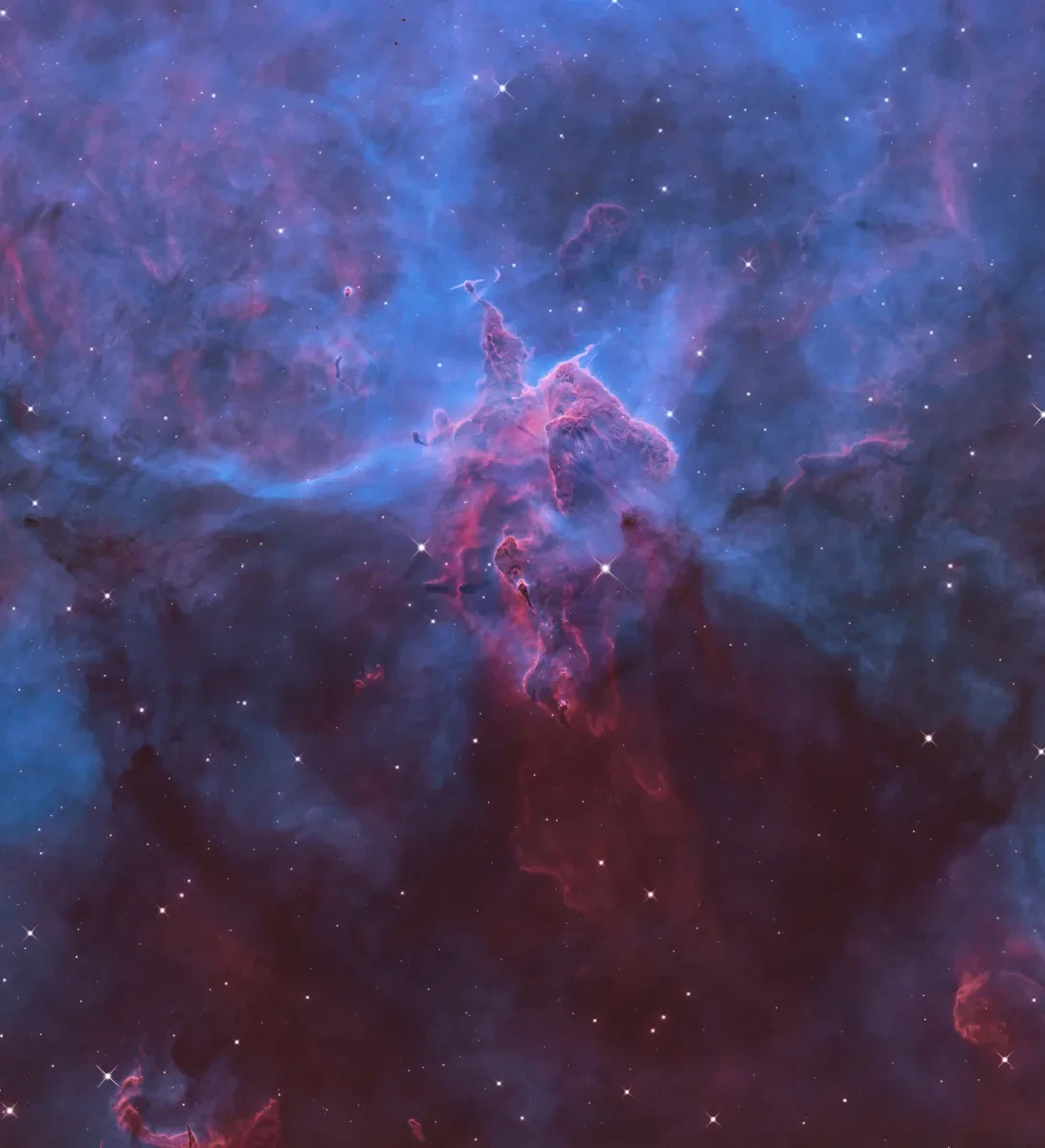
Hubble 20th Anniversary Image Without Hubble Palette Colours by Yann Sainty
France
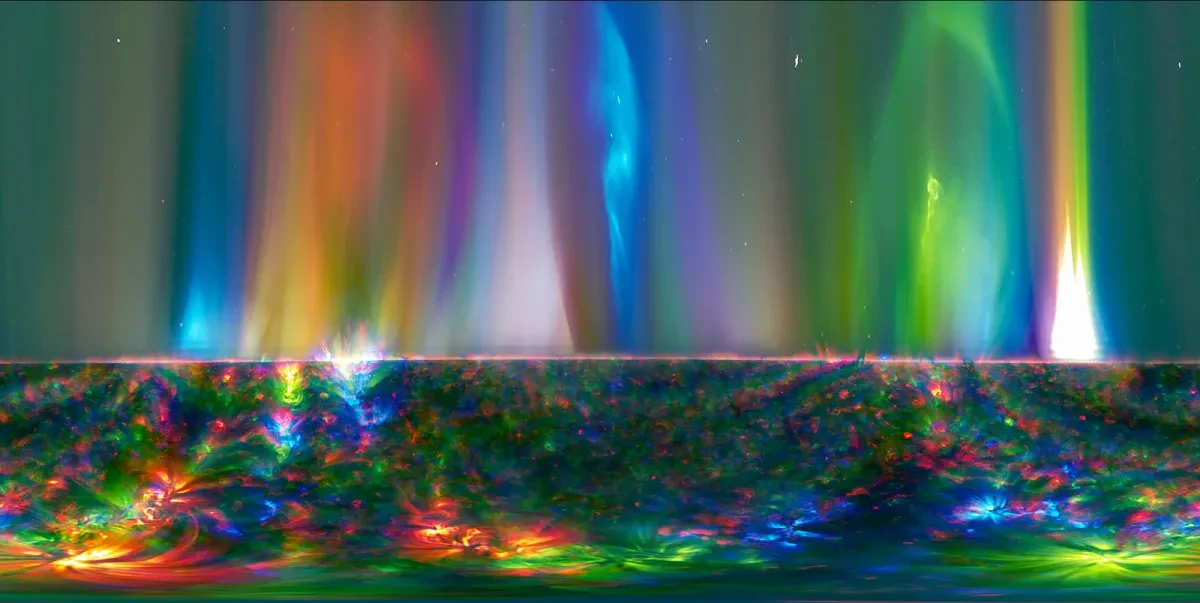
Map of the Sun by Hassan Hatami
Iran
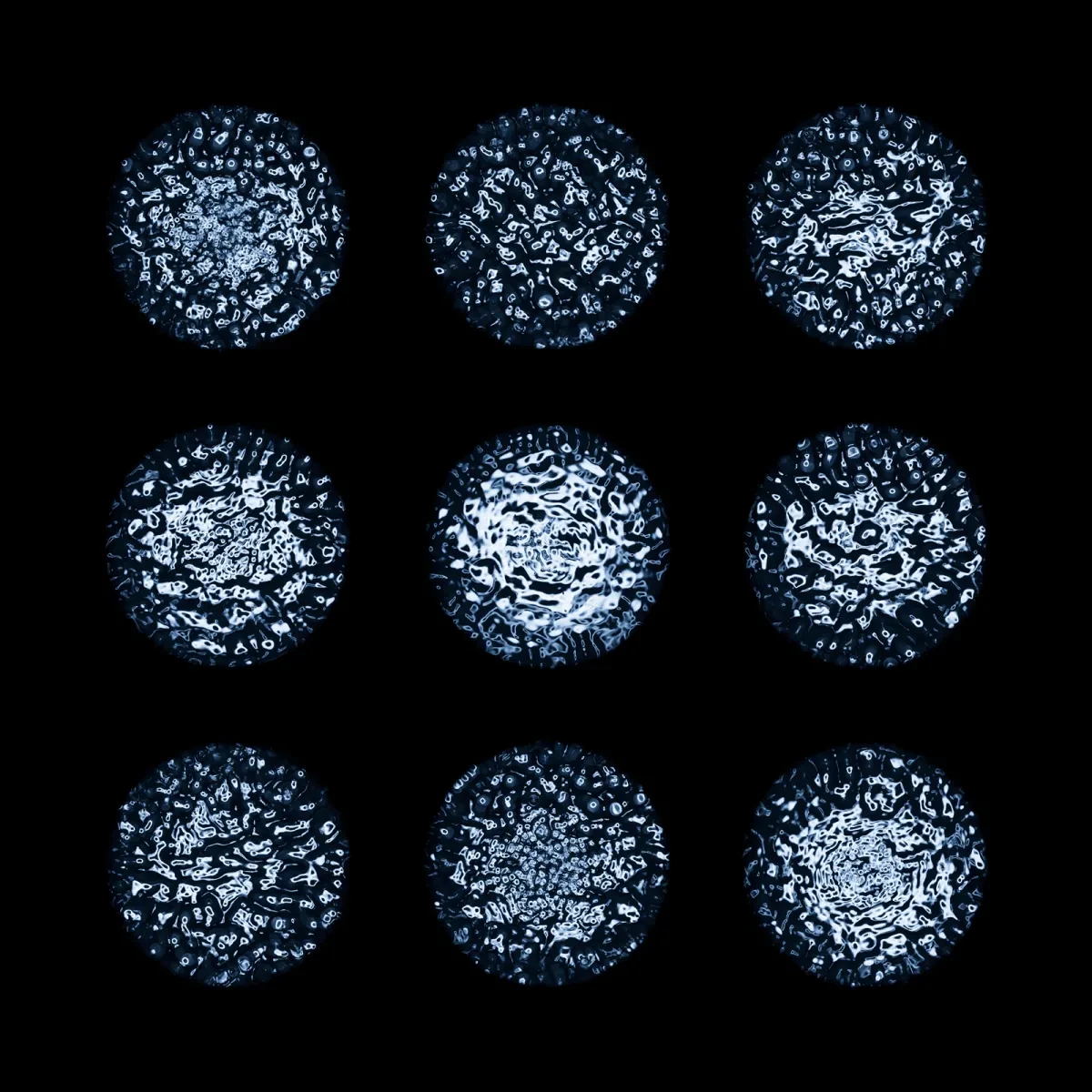
Event Horizon by John White
United Kingdom
Our partners


